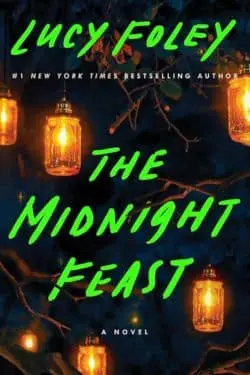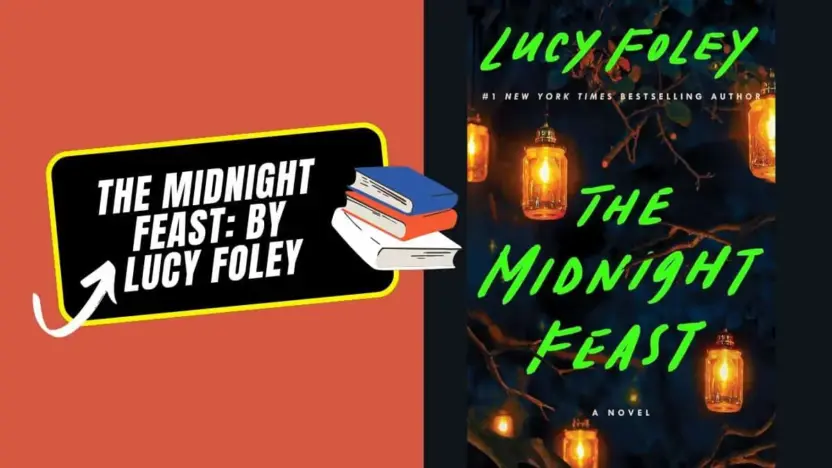Lucy Foley’s latest novel, The Midnight Feast, continues her tradition of crafting intricate, multi-layered thrillers set against atmospheric backdrops. Known for her previous bestsellers like The Guest List and The Paris Apartment, Foley’s newest work delves into the dark and enigmatic world of The Manor, a luxurious resort on the Dorset coast.
Plot Overview
The story unfolds at the grand opening of The Manor, an opulent wellness retreat situated in the coastal town of Tome, Dorset. The retreat promises an authentic experience complete with crystal healing and rustic luxury, drawing a stark contrast to the town’s agricultural roots. The locals are less than thrilled with this new addition, believing it disrupts the harmony and local folklore of their community.
At the center of the narrative is Francesca, the owner of The Manor, whose past intertwines with that of Bella, a guest at the resort. The novel is structured around multiple timelines, shifting between the present and flashbacks to 2009 through Bella’s journal entries. This dual timeline reveals the dark history between Francesca and Bella, rooted in a tragic accident involving a girl named Cora and a series of threats and disappearances that followed.

Character Dynamics and Themes
Foley expertly uses multiple perspectives to build a complex narrative web. The primary voices include Francesca, Bella, Owen (Francesca’s new husband), Eddie (a local staff member), and DI Walker, who is investigating the mysterious deaths at The Manor. This technique not only keeps the reader engaged but also deepens the mystery as each character reveals fragments of the truth, often conflicting and always intriguing.
One of the novel’s standout elements is its exploration of personal identity and the long shadows cast by past traumas. Francesca’s transformation from Frankie, a carefree teenager, to a self-serving resort owner, and Bella’s quest for closure highlight themes of redemption and the inescapable nature of one’s past. The inclusion of local folklore, particularly the legend of The Birds, adds a chilling layer to the narrative, blending psychological suspense with a touch of the supernatural.
Pacing and Atmosphere in “The Midnight Feast”
The book’s pacing is a point of contention among reviewers. The first half is described as slow-burning, with Foley meticulously setting up the scene and developing her characters. This deliberate pace may test the patience of some readers, but it ultimately serves to heighten the suspense. As the story progresses and the pieces start to fall into place, the pace quickens, delivering a series of twists that culminate in a gripping and satisfying conclusion.
Foley’s skill in creating a moody, atmospheric setting is evident throughout. The Manor, with its luxurious yet eerie ambiance, becomes a character in itself. The juxtaposition of the opulent resort against the rugged, folklore-rich landscape of Dorset adds depth to the story, making the setting both a backdrop and a pivotal element in the unfolding drama.
Critical Reception
Reviewers have praised Foley for her ability to weave complex narratives that keep readers guessing until the very end. The multiple timelines and perspectives are handled deftly, ensuring that the story remains coherent despite its intricacy. Some critics, however, note that the multitude of characters can sometimes feel overwhelming and that certain plot points are resolved too conveniently.
Despite these minor criticisms, The Midnight Feast is lauded for its clever plotting and rich, atmospheric storytelling. Foley’s fans will find much to enjoy, and newcomers to her work are likely to be drawn in by the novel’s compelling mystery and vivid setting.
Conclusion
The Midnight Feast is a testament to Lucy Foley’s prowess as a storyteller. With its intricate plot, richly drawn characters, and an evocative setting, the novel offers a thrilling read that explores the dark secrets hidden beneath the surface of a seemingly perfect facade.
Also Read: Such a Bad Influence: By Olivia Muenter



